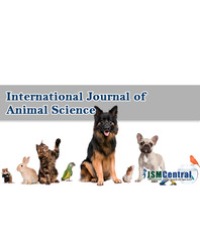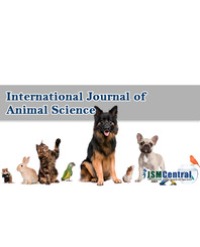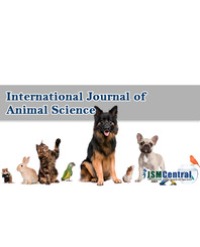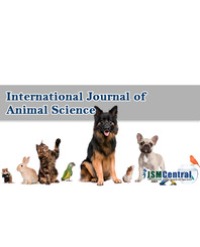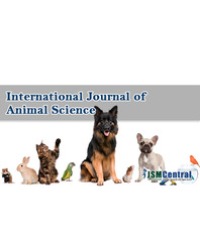
Breeding Practice and Phenotypic Characteristics of Indigenous Woyito-Guji Goat Breeds Reared in Nyangatom and Malle Pastoral and Agro-Pastoral Districts of SNNPR, Ethiopia
The study was carried to characterize the Woyto-Guji goats reared in two districts (Nyangatom and Malle) of South Omo and also to assess the traits used to select the bucks and does traditionally. The respondents were selected using stepwise purposive followed by random sampling method. The collected data were analyzed using statistical procedures. The qualitative traits were evaluated using non parametric tests. The results indicated that the bucks and does are selected by the community members using traditional descriptors. The traits preferred for selection were those related with adaptation and disease tolerance. The bucks were selected for traits which correlated with their abilities to fend off predators while the does were selected for their mothering and nursing abilities. Coat colors were also considered as important attributes towards selecting the does and bucks, the preferred coat colors were those with white with patchy, red and red with patchy. The selection criteria of breeding doe’s were more concerned on their maternal instincts and nursing abilities while body conformation and coat color were the traits preferred for selection of the bucks. Pastoral and agro pastoral preference of coat color patterns were white with patchy, red and red with patchy which were helpful for the goats of the area for the adaptation on the existing hot environment. Therefore, based on their adaptation traits, selection and breed improvement strategies should be developed for the existing environment.
Mekete Girma¹*, Sandip Banerjee², and Tekleyohannes Birhanu¹

